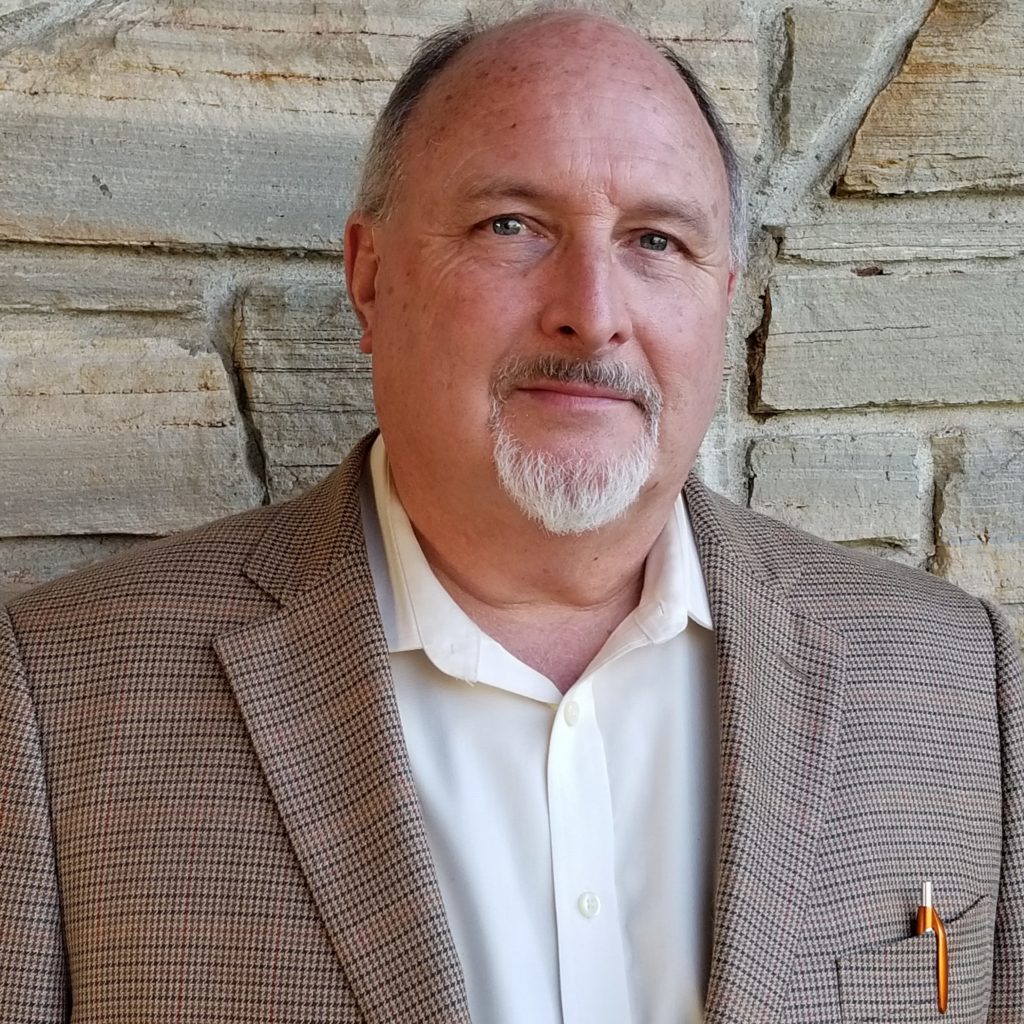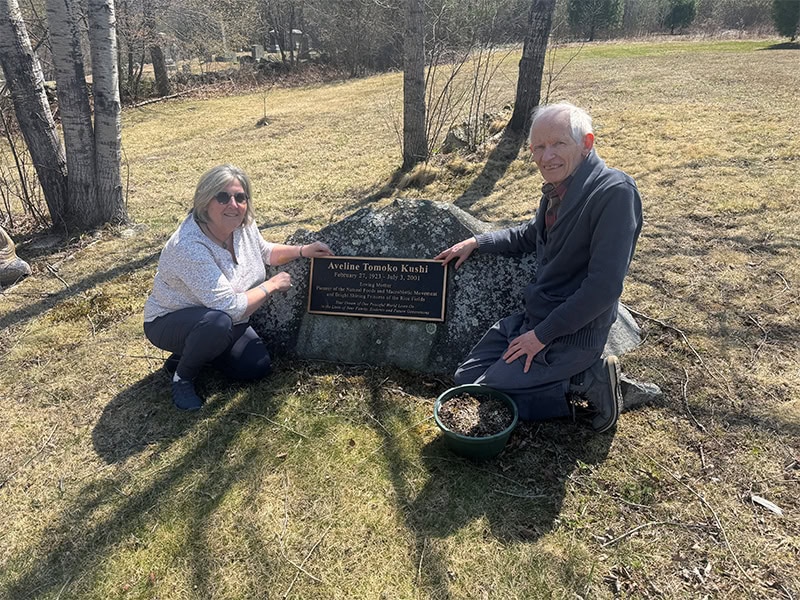A Message from the President
A flourishing religion in the West is scientism: the belief that all ultimate answers for meaningful information about life lies in scientific research of physical phenomena. Merriam-Webster defines scientism as “An exaggerated trust in the efficacy of the methods of natural science applied to all areas of investigation (as in philosophy, the social sciences, and the humanities).” I come across believers in this view every single day, and all sociological studies of trends in belief and thought in Europe, the United States, and Canada support the actuality of this growing trend. At the same time, nevertheless, many vigorous more-than-physical philosophies continue to engage large numbers as well, and Swedenborg provides tremendous potency for this seeming divide because few bring more expertise for coherence.
The final book penned by Rev. Dr. George Dole, The Universe and I: Where Science & Spirituality Meet, explores this gap. He notes the need for an interface between science and spirituality is driven by two frustrations: the inability of science to explain the emergence of life and the mind, and the inability of living minds to find ultimate values in science. Swedenborg is suited for this interface to a rare degree since only very few figures make the list of such distinguished contributions to both science and spirituality as to be deemed by scholars as historically significant.
For a significant theologian, Swedenborg’s prowess in science is second to none. His contributions to astronomy, mineralogy, physical anatomy, and neuroanatomy all have been assessed as major by many historians of science. Historian of Swedish science Paivi Maria Pihlaja selects Swedenborg for a short list of Swedish figures on an official chain of pathfinders whose ideas proved to be of lasting value in the unveiling of scientific ideas. The Swedish Nobel laureate Svante Arrhenius has detailed Swedenborg’s importance in the history of astronomy, and Princeton historian of cognitive science, Charles Gross, has persuasively presented Swedenborg as a potent figure in brain localization theory. Harvard’s Herbert Benson notes that Swedenborg was the first to deduce that the brain undulates in concert not with the heart (the then prevailing assumption) but with the lungs. This insight led to the neuroscience of the positive effects from deep or even still breathing, which yields the powerful psycho-physiological benefits of meditation. Overall, Swedenborg produced approximately 150 small and large works in at least a dozen science disciplines, and the sheer quantity and breadth of his decades in natural science analysis itself is of historical note.
Yes, his contributions to religion and spirituality are no less impressive. In addition to inspiring a church movement operating in many countries, Swedenborg adorns cultural studies in numerous fields: Western literature, art history, intellectual history in Christianity, Western esoteric studies, and near-death studies. Such leading historians of religion as Catherine Albanese, Sydney Ahlstrom, Eric Leigh Schmidt, and Nicholas Goodrick-Clarke all have underscored Swedenborg’s visible role shaping religion in the modern period. Esteemed scholars of spiritual practice and biography such as Huston Smith, Sam Kean, Colin Wilson, Wilson Van Dusen, Stephen Larsen, and Eugene Taylor place Swedenborg among history’s most accomplished explorers of the inner life.
For a skillful response to mere scientism, I recommend taking a look at George Dole’s last book. You can find it on the Swedenborg Foundation bookstore website or on Amazon.
—Rev. Dr. Jim Lawrence
Read the Full Issue of the January/February Issue of the Messenger

Meet Jim Lawrence
Rev. Dr. Jim Lawrence is the president of the Swedenborgian Church of North America. He was the dean of the Center for Swedenborgian Studies for 21 years prior to being elected President in 2022.



